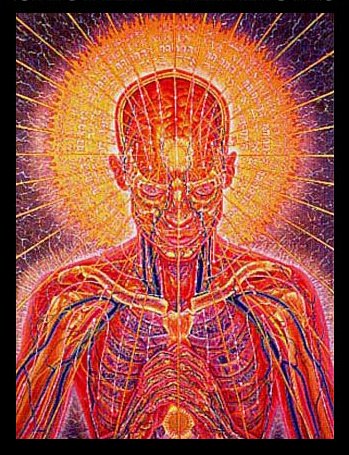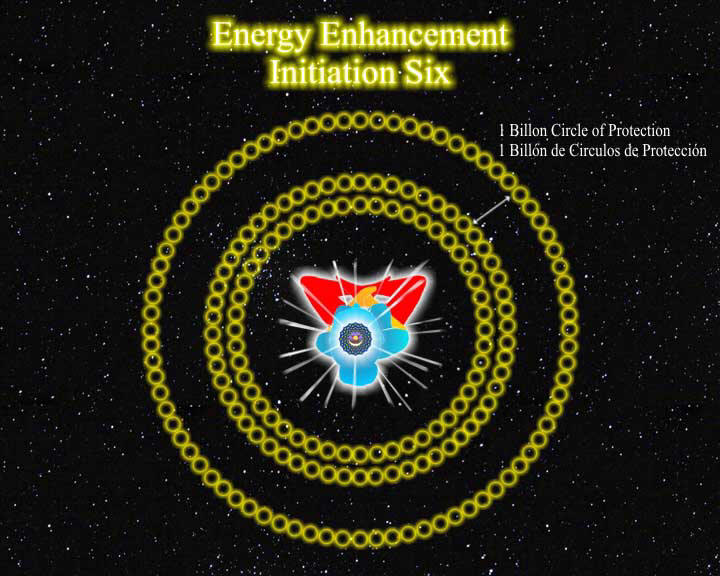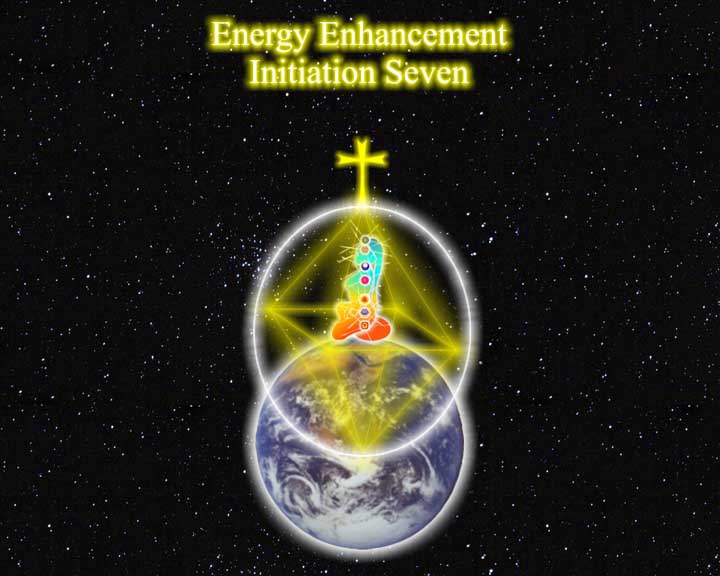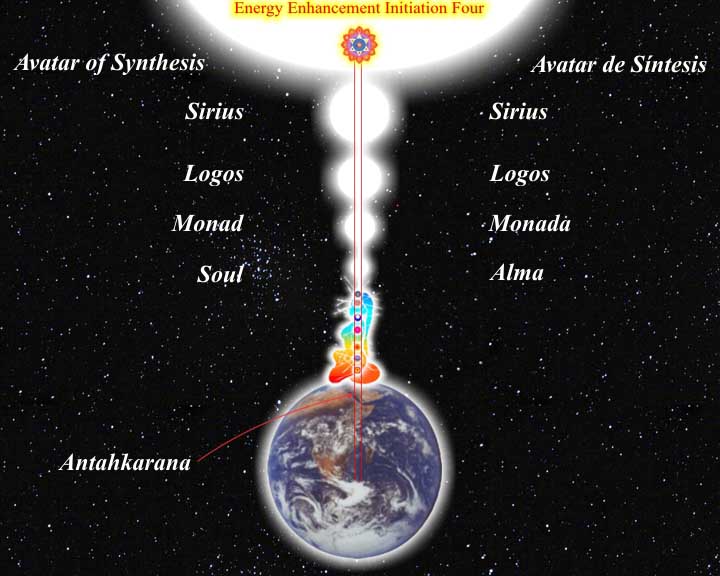Halasana
The Plough Pose

Instructions .
-
Lie flat on the back with the arms straight and beside the body, palms facing downwards.
-
Keeping the legs straight, slowly raise them to the vertical position above the body.
-
Only use the stomach muscles to raise the legs.
-
Do not use the arms.
-
Simultaneously bend the trunk upward, hips first.
-
Slowly lower the legs over the head and touch the floor with the toes of both feet.
-
Keep the legs straight, bend the arms and place the hands on the back as in sarvangasana.
-
Relax the body.
-
Remain in the final pose for a comfortable period of time.
-
Then either return to the starting position or perform the following additions to the basic pose:
-
ADDITION 1:
-
Walk the feet away from the head until the body is completely stretched and a tight chin lock occurs.
-
-
ADDITION 2:
-
Walk the feet towards the head until the back is fully tensed.
-
Keep the legs straight and directly above the head.
-
Grasp the feet with the fingers.
-
Maintain these poses for a comfortable length of time, then return to the final pose of basic halasana.
-
Breath .
-
Retain inside while assuming and returning from this asana.
-
Breathe slowly and deeply in the final pose.
Duration .
-
Adepts can hold the final pose of halasana and the two additional stages for more that 10 minutes each.
-
Beginners should hold each pose for 15 seconds during the first week of practice, doing each in rotation up to 4 times and adding 15 seconds every week until each pose is held for 1 minute.
Concentration .
-
Physical: On the abdomen, relaxation of the back muscles, respiration, or the thyroid gland.
Sequence .
-
If possible perform halasana immediately after sarvangasana.
-
Follow halasana by matsyasana, ushtrasana, or supta vajrasana, practiced for half of the combined duration of sarvangasana and halasana.
Precautions .
- Beginners should not do poorwa halasana until their back muscles become flexible.
Limitations .
- Not for old and infirm people, sufferers of sciatica and other back ailments, or high blood pressure.
Benefits .
-
Adjusts the functioning of the abdominal organs, especially kidneys, liver, and pancreas.
-
Activates digestion, relieves constipation and removes fat from the waist.
-
Beneficially influences all the visceral organs.
-
Regulates the activities of the thyroid, thereby balancing all the body's metabolic rates.
-
Helps to remedy diabetes, eliminate piles, loosen the vertebrae, and tone the spinal nerve.
|
ENERGY ENHANCEMENT TESTIMONIALS EE LEVEL1 EE LEVEL2 EE LEVEL3 EE LEVEL4 EE FAQS |




